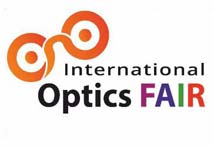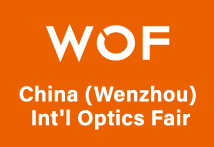From Code to Cornea: Bridging the Gap Between Technology and Eye Health
.jpg)
Article by: Khadija Asgarbhai Dudhiyawala, Consultant Optometrist, Dahod, Gujarat. Hatim Mustan Nalawala. Software Engineer, Bengaluru, Karnataka.
The Growing Intersection of Tech and Eye Health
The intersection of technology and healthcare has had a particularly transformative impact on optometry. There is an increasing need to investigate how digital health solutions impact the provision of eye care as they become more integrated into clinical practice. With an emphasis on diagnostic advancements, cooperative development methods, and potential future research avenues, this literature review explores the relationship between technology and optometry.
Over the last decade, artificial intelligence (AI) has played an important role in improving the present optometry workforce by streamlining decision-making processes. AI in eye care can drastically reduce the time necessary for disease screening, detection, diagnosis, and management, increasing clinical efficiency and accuracy. (1)
Collaboration between optometrists and IT specialists is critical for enhancing eye care technology. Such collaborations ensure that advancements in diagnostic instruments and clinical software are not only technically sound, but also realistically relevant to real-world clinical requirements. For example, establishing AI-powered screening tools for conditions such as diabetic retinopathy necessitates clinical expertise from optometrists in identifying essential diagnostic traits, while IT specialists translate those requirements into usable and efficient systems. This interdisciplinary approach increases diagnosis accuracy and workflow efficiency in healthcare settings.
Building Trust in AI-Powered Eye Care: Challenges and Opportunities
However, there must be a clear line of communication between optometrists and IT specialists in order to translate complex optometry challenges into applicable IT solutions. An open feedback loop between them will assure the solution's effectiveness and promote continual improvement. Furthermore, training optometrists on tools such as AI chatbots that are specifically educated on health care data can open up new views and ensure the quality of these products.
2025-07-14T17_29_09.jpg) |
While incorporating AI into eye care, it is vital to recognize that patient compliance and reliance on these technologies continue to be challenges. Trust in the diagnostic accuracy of AI systems, privacy concerns, and patient ease of use must all be carefully considered. Electronic health records (EHRs) include sensitive information, including medical histories, medications, and diagnostic pictures, making patient data protection vital.
A breach of such data can result in compromised confidentiality and identity theft. The Health Insurance Portability and Accountability Act (HIPAA) sets the bar for safeguarding private patient data in the United States. Optometrists who transfer health information electronically are covered entities under HIPAA and must follow the regulations it imposes. (2) The criteria
include frequent security risk assessments, effective access controls, encryption, and personnel training.
These issues highlight the significance of clear, user-centered design in AI apps to ensure patients comfort and confidence in the technology. By concentrating on these traits, they may enhance patient engagement and provide solutions that improve an individual's eye health.
As the field advances, constant research and development are required to overcome these limitations and refine AI systems to make them more reliable, accessible, and safe. With ongoing effort, AI has the potential to transform eye care, enhancing patient outcomes and convenience while preserving a solid foundation of trust and security.

.jpg)
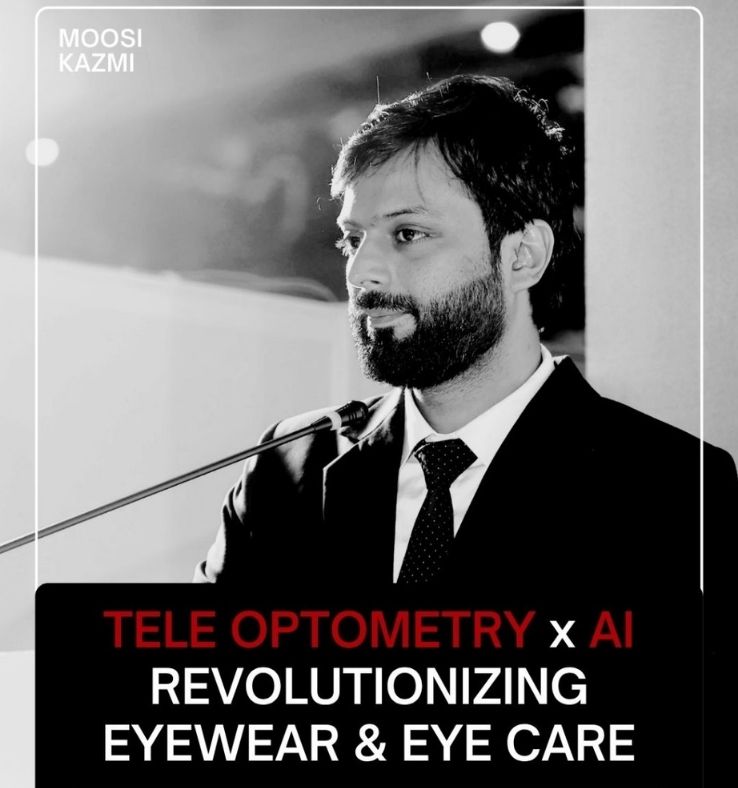
.jpg)
.jpg)
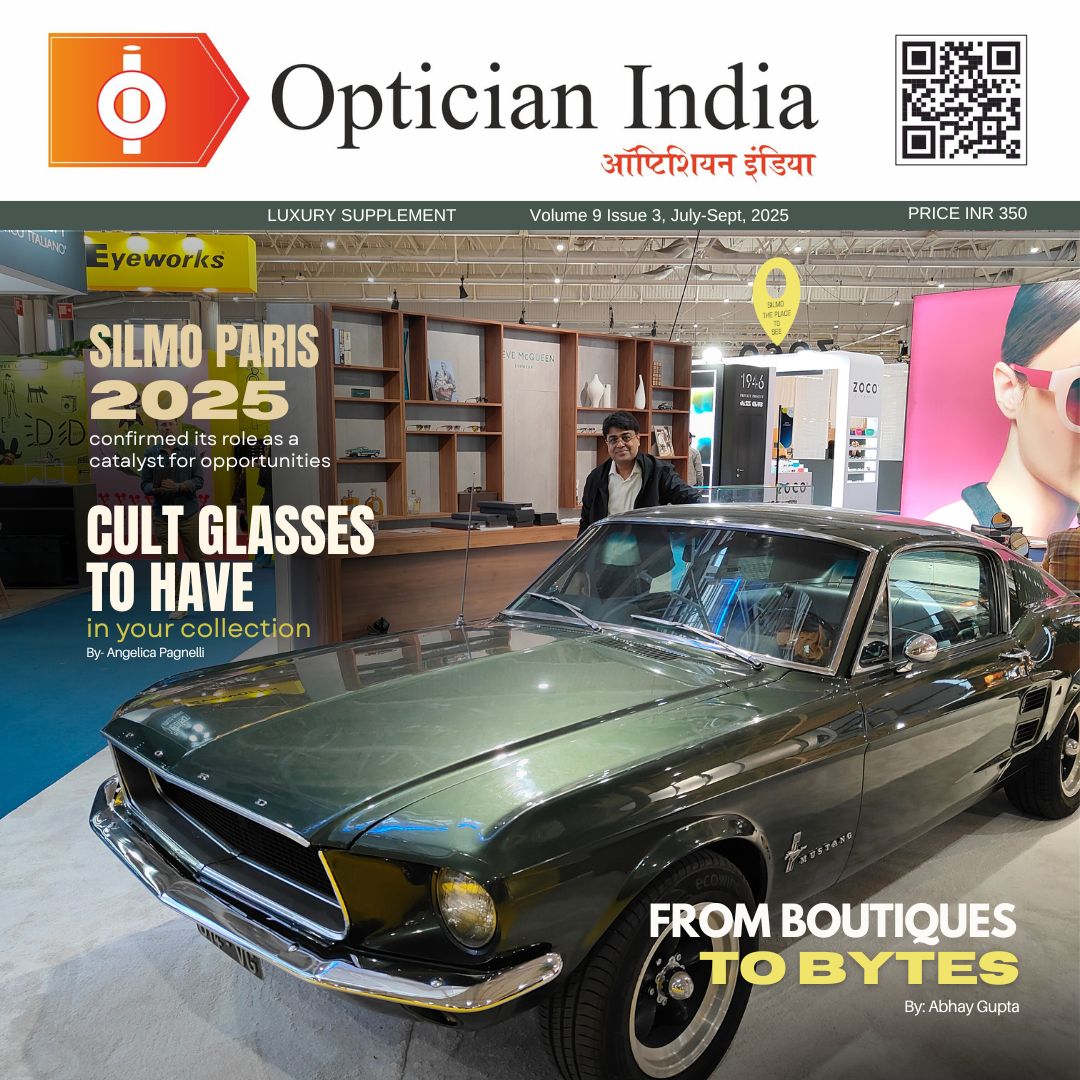
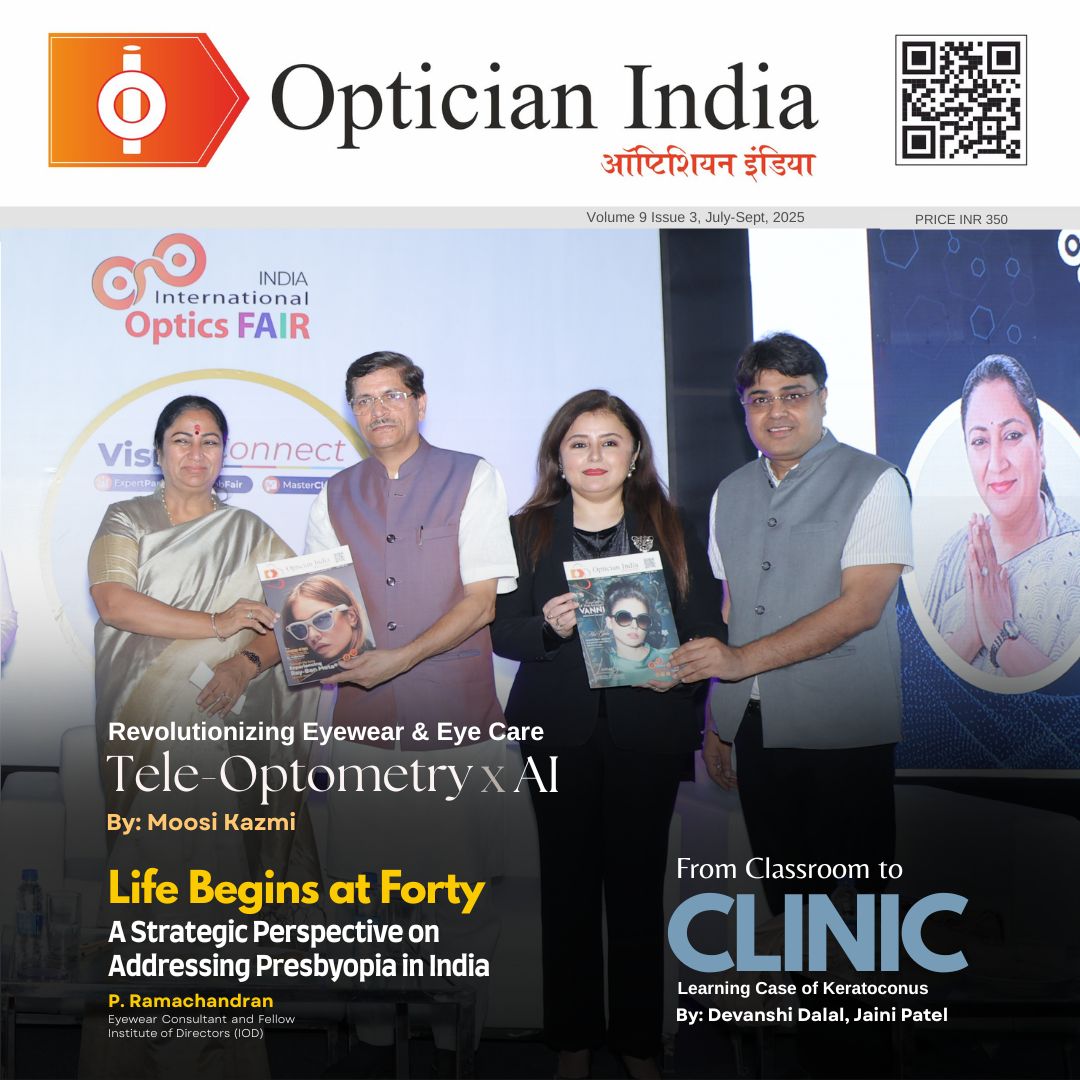
1.jpg)
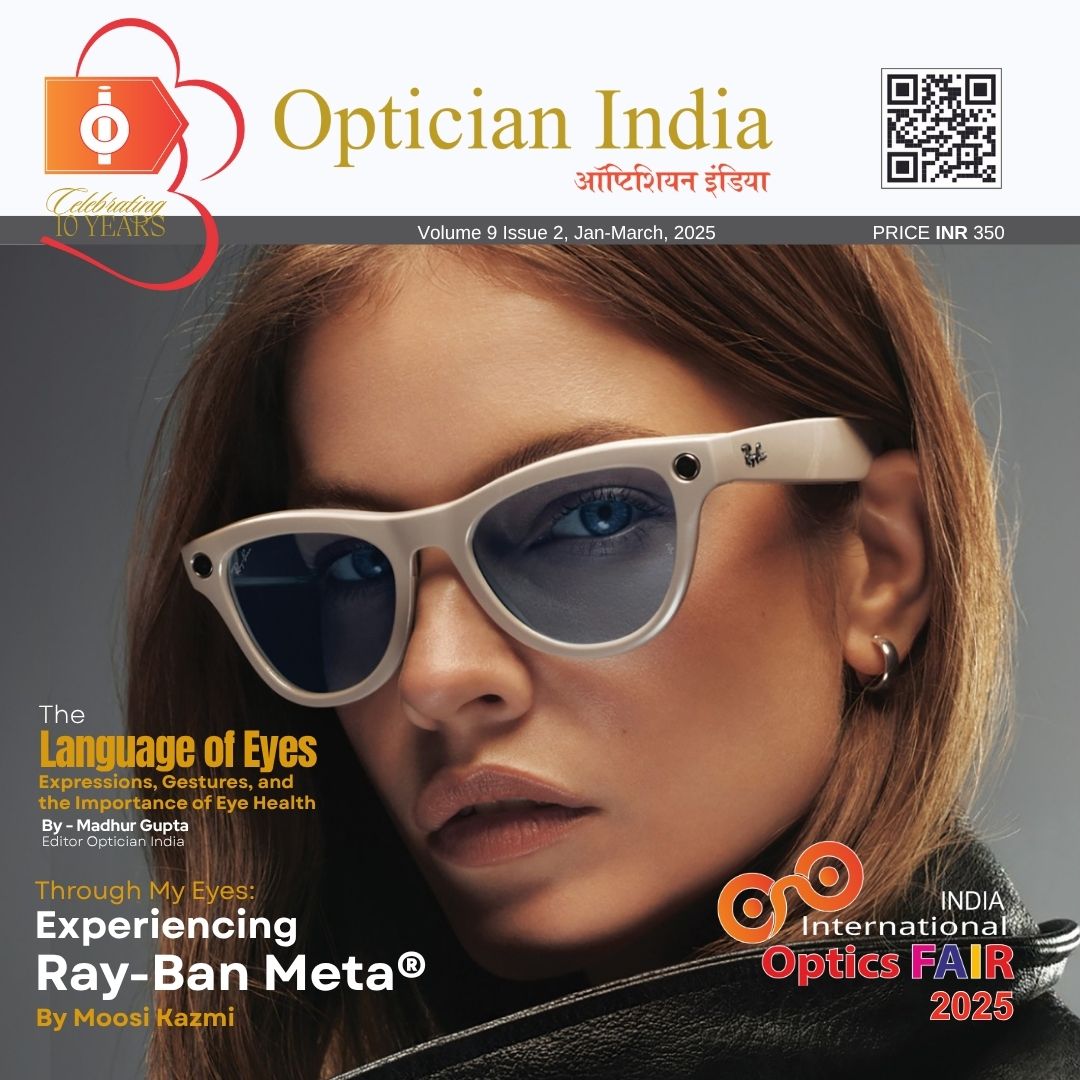


.jpg)
.jpg)

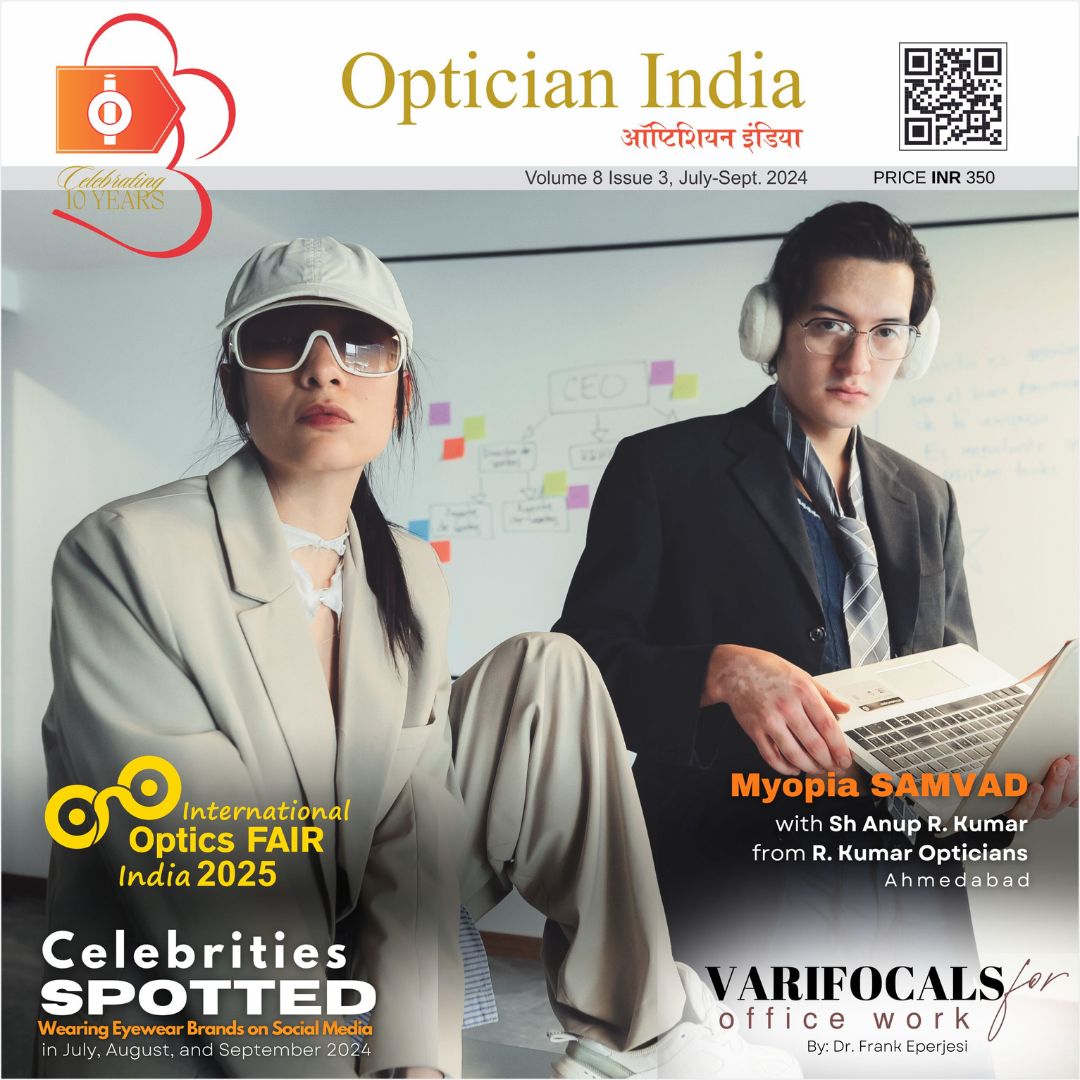

_(Instagram_Post).jpg)
.jpg)
_(1080_x_1080_px).jpg)


with_UP_Cabinet_Minister_Sh_Nand_Gopal_Gupta_at_OpticsFair_demonstrating_Refraction.jpg)
with_UP_Cabinet_Minister_Sh_Nand_Gopal_Gupta_at_OpticsFair_demonstrating_Refraction_(1).jpg)
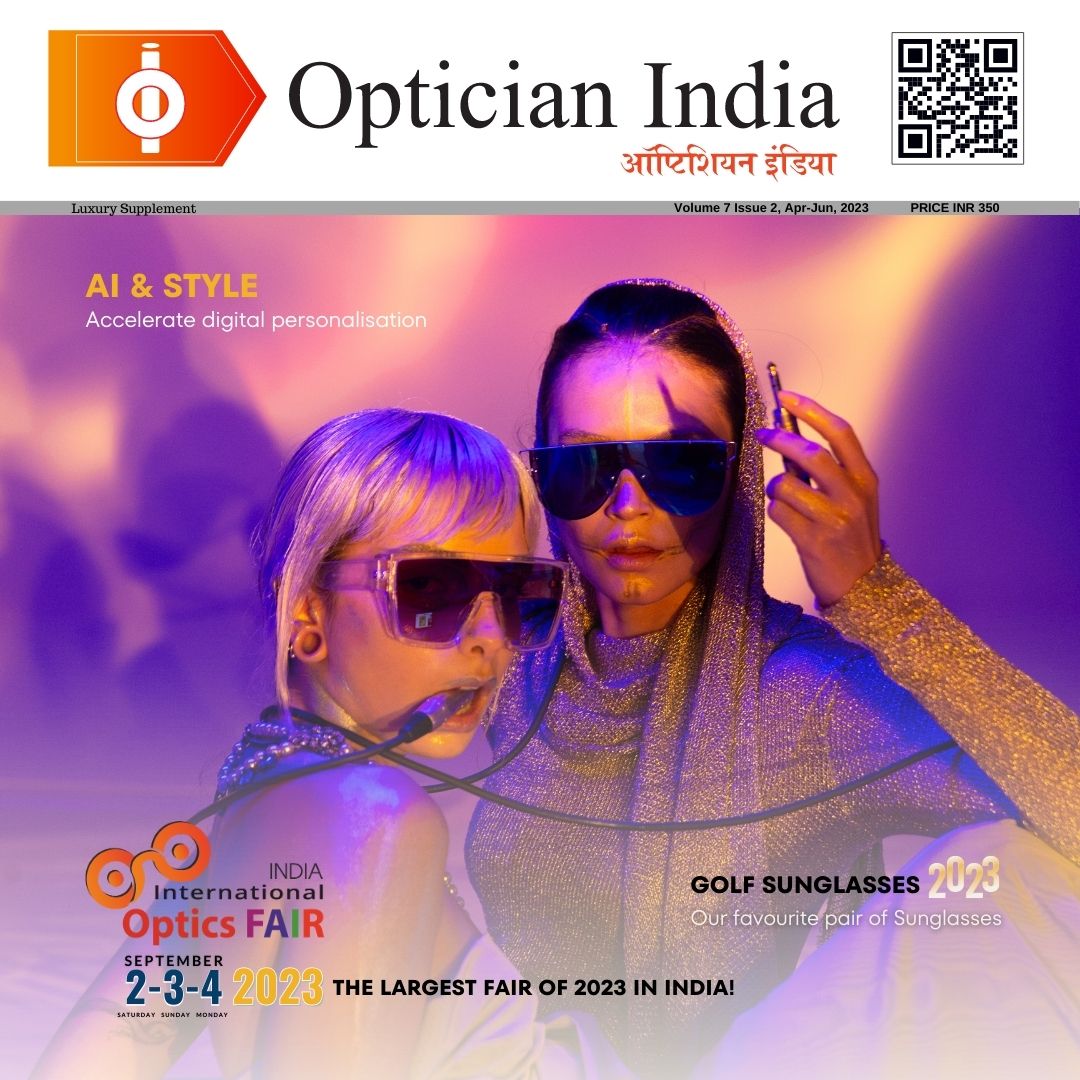
.jpg)
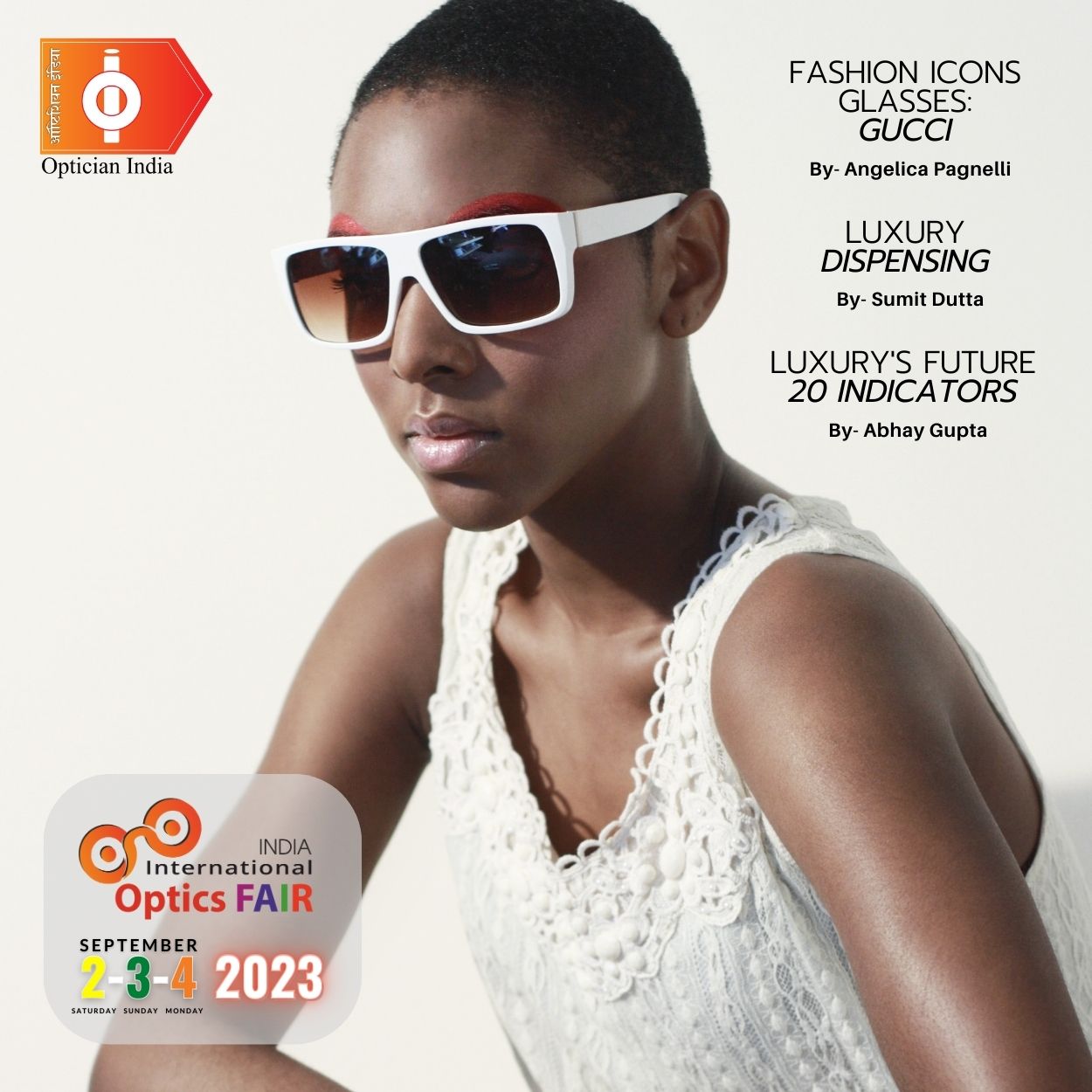


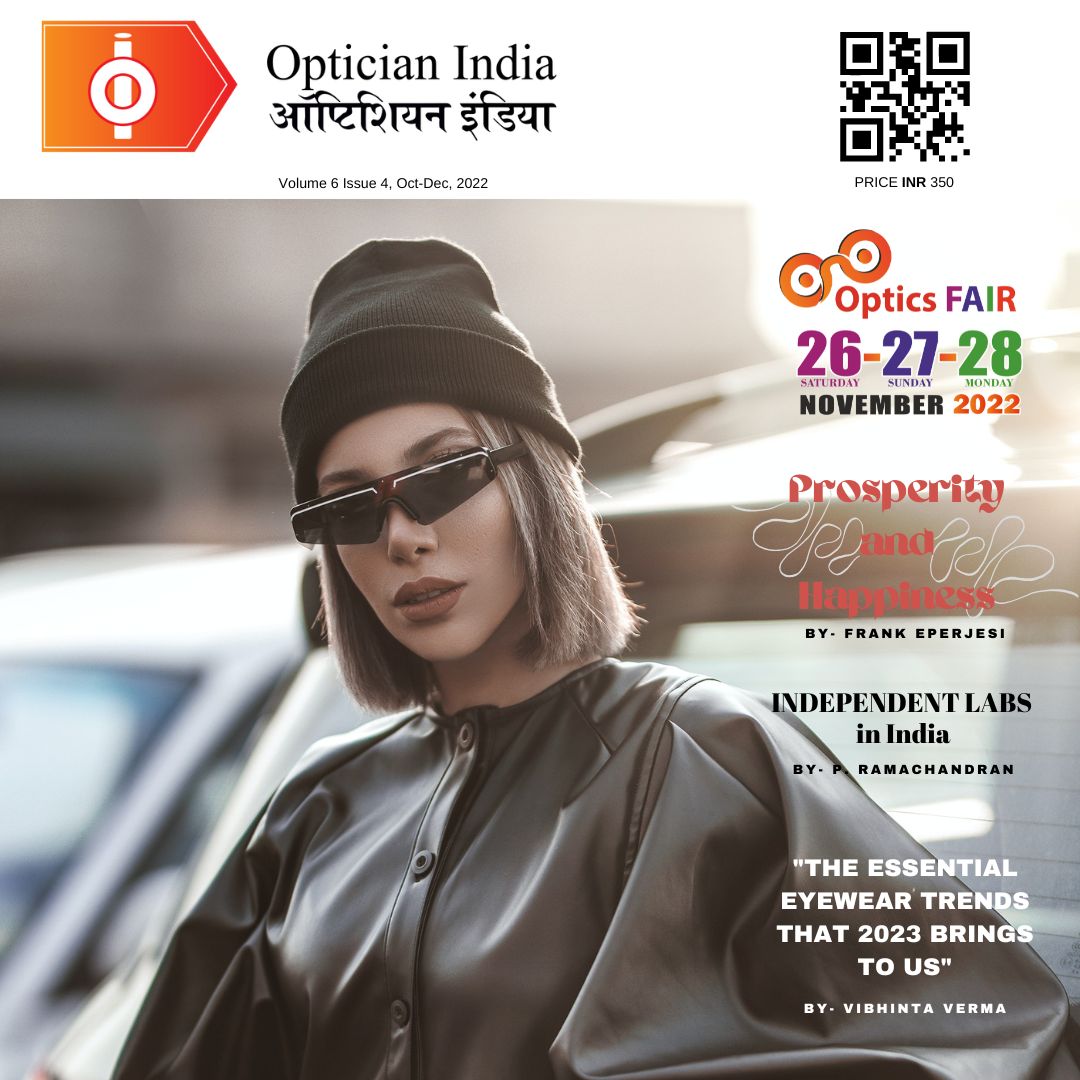
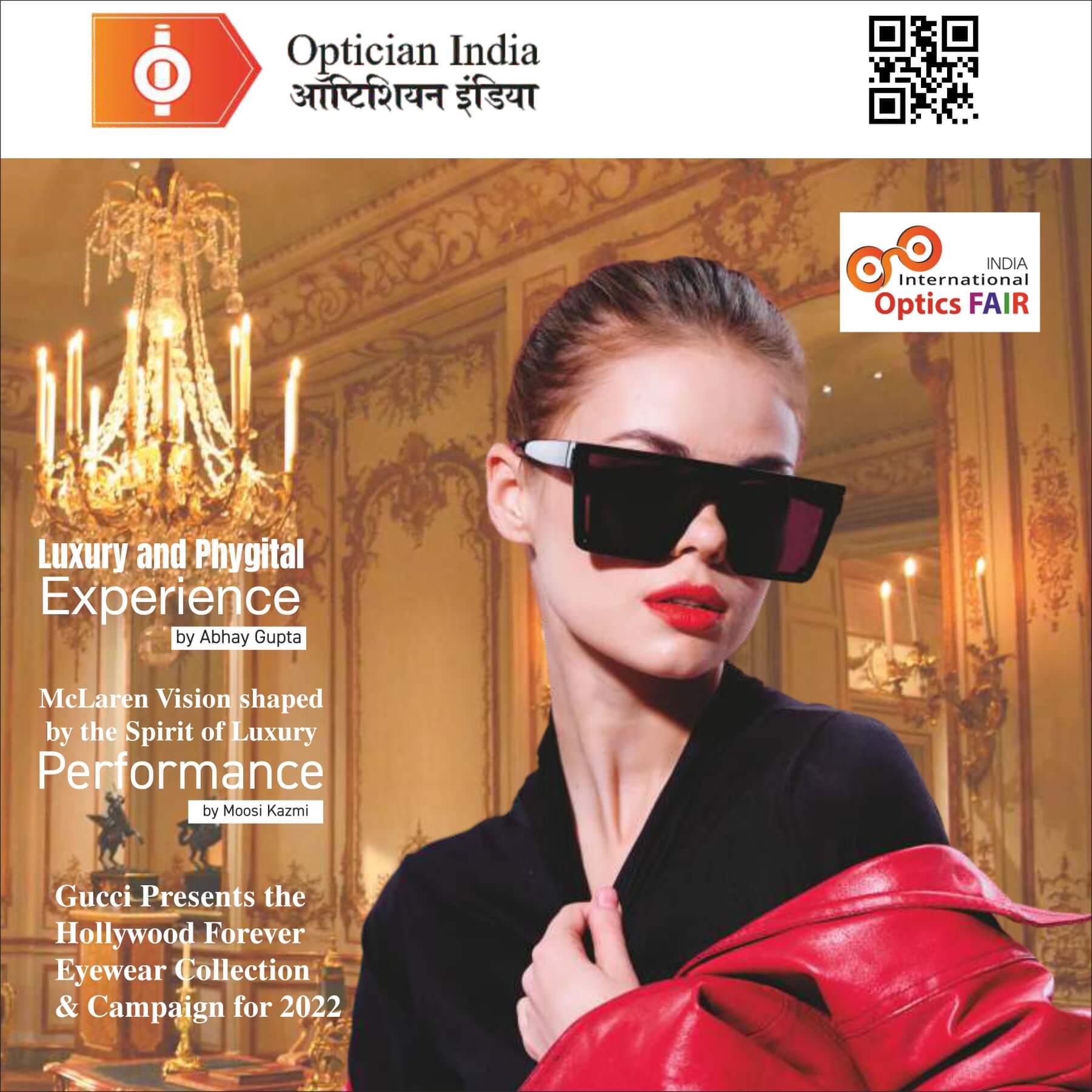
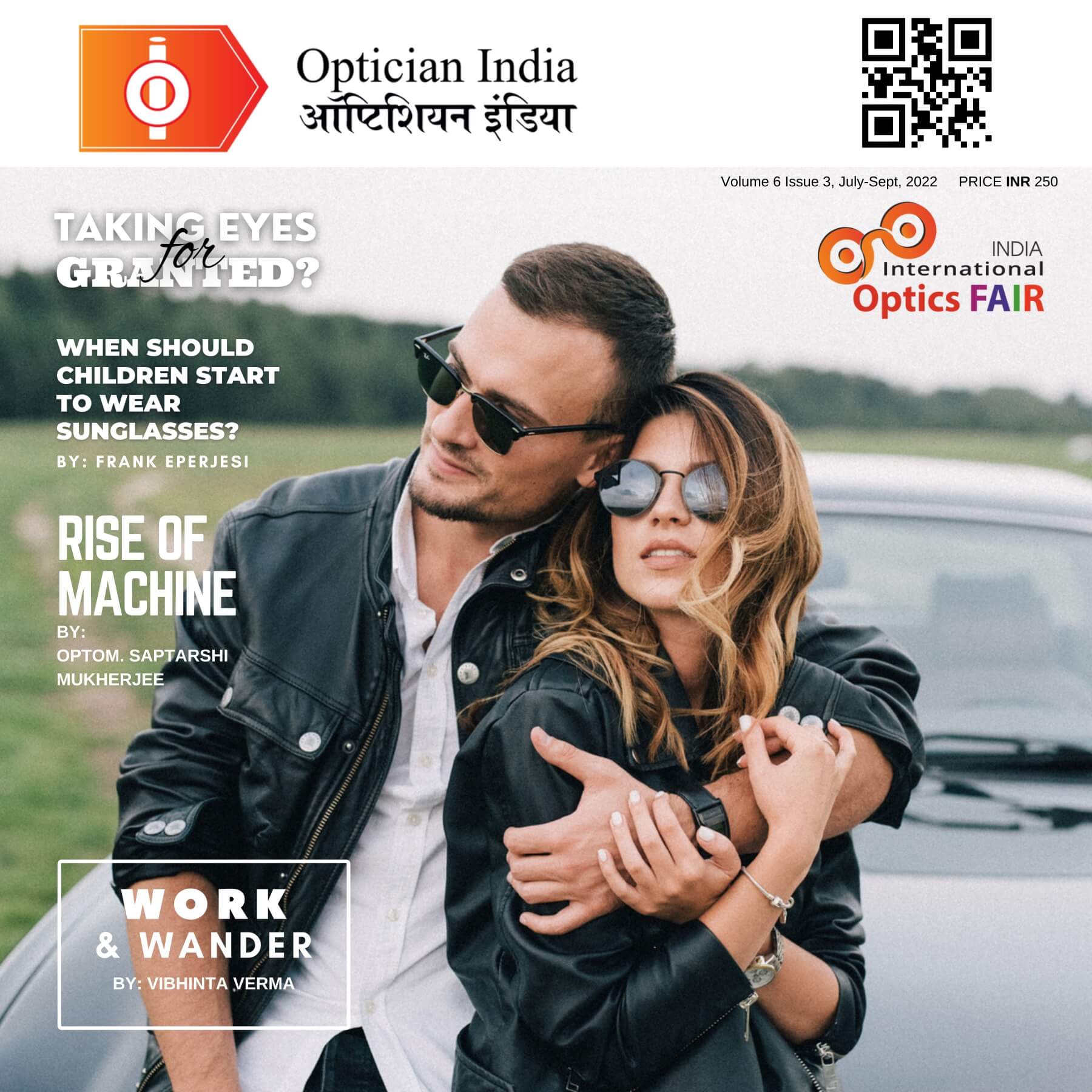
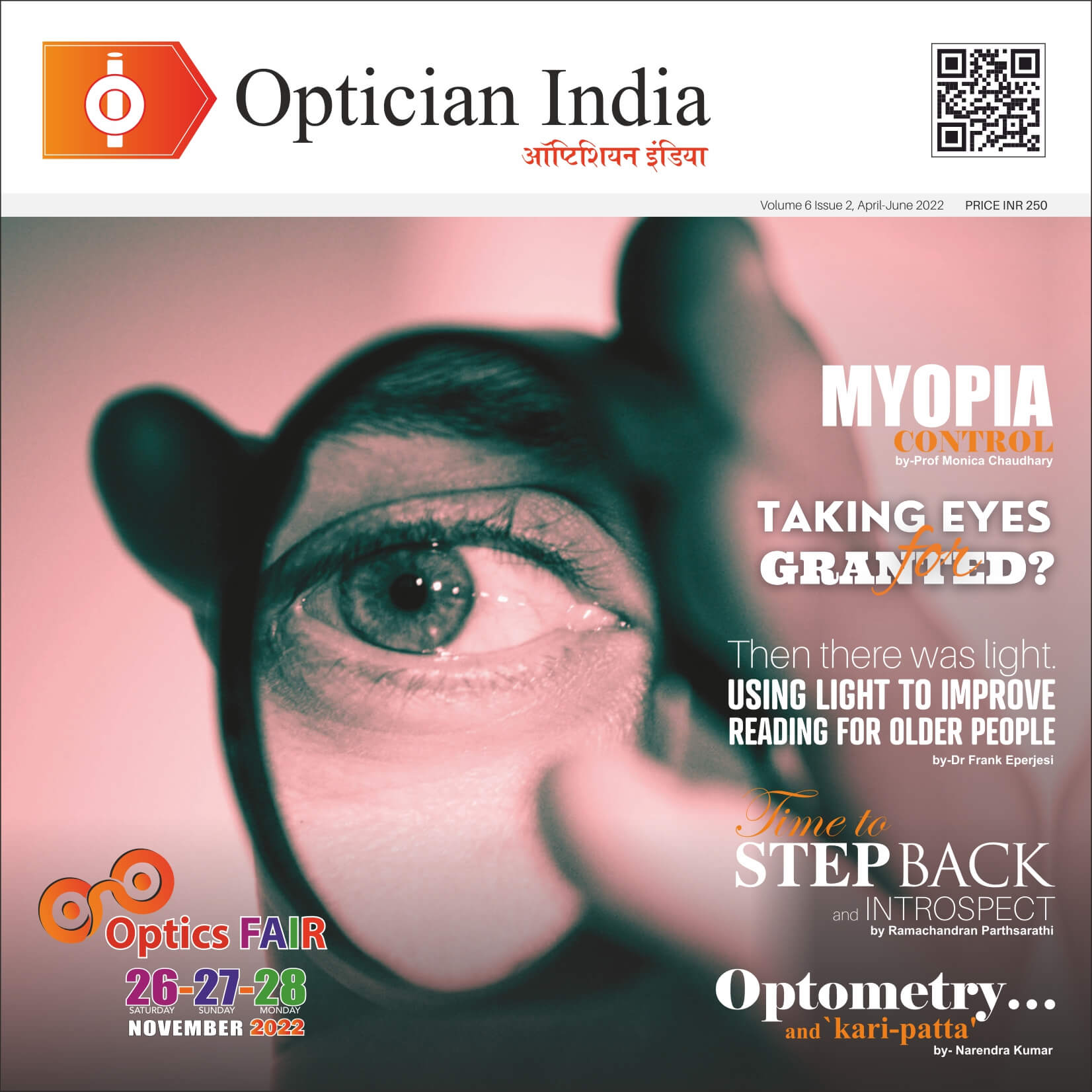
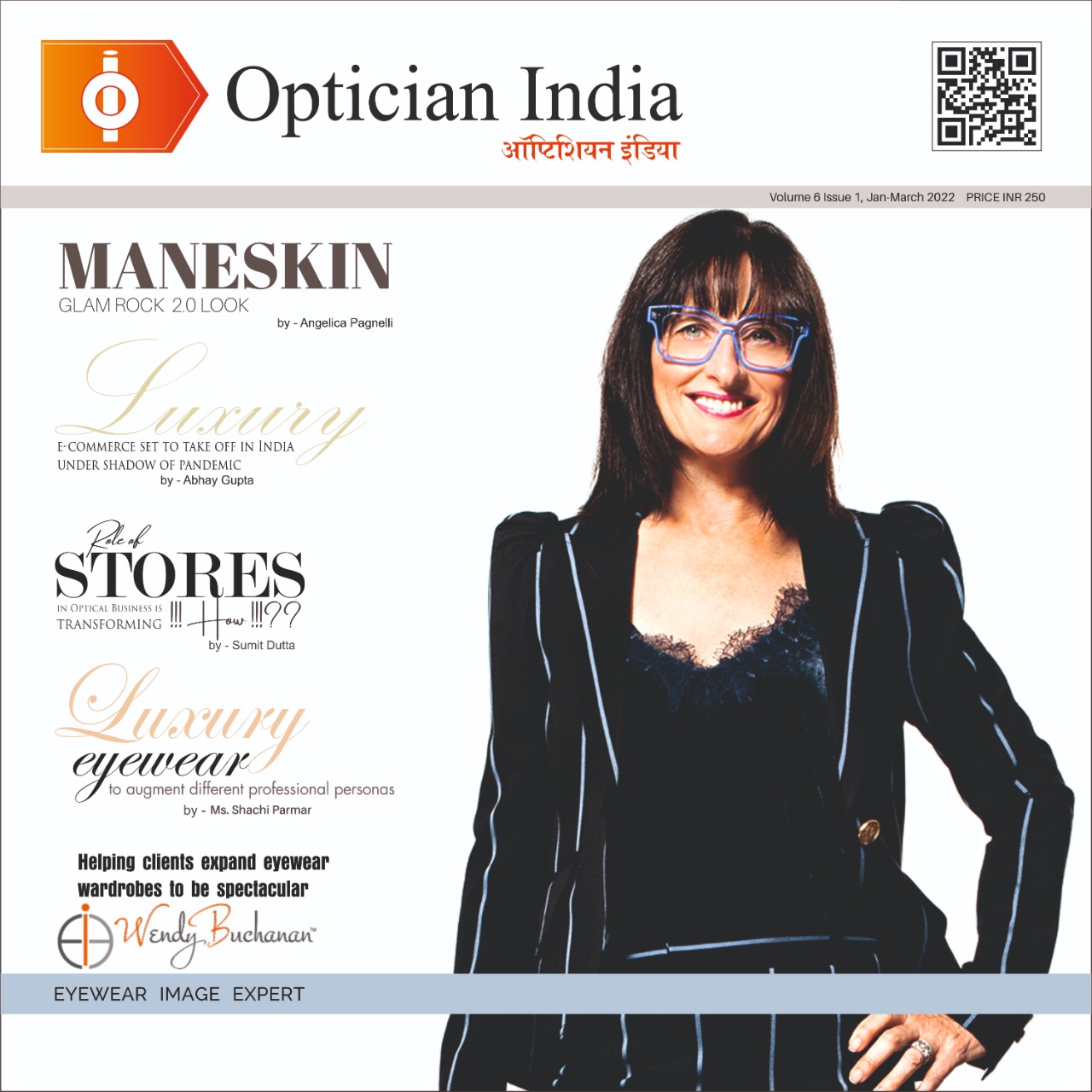
.jpg)
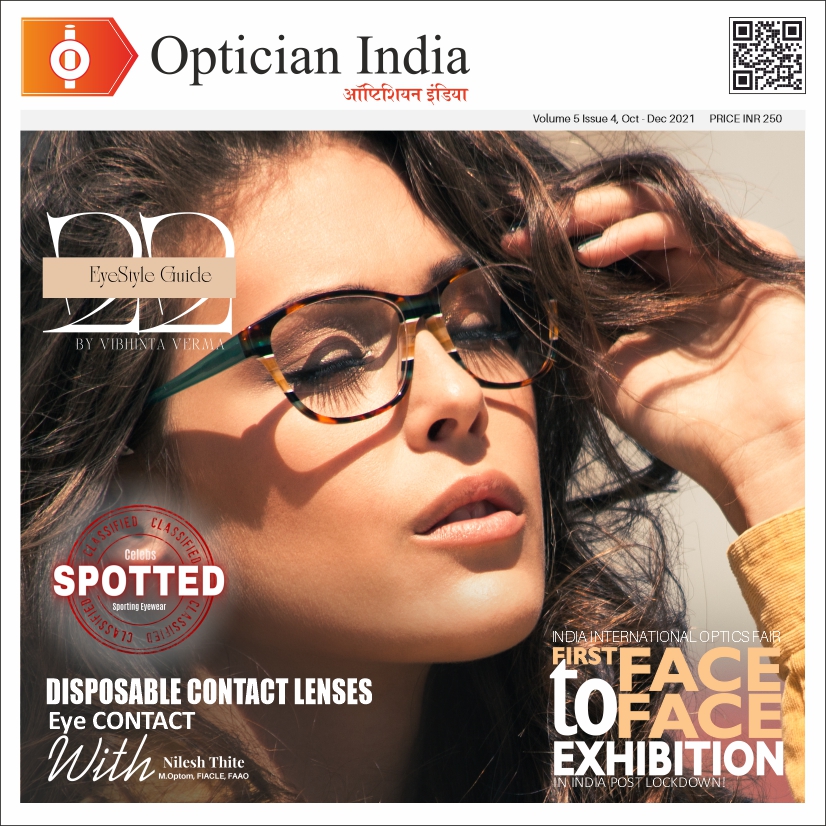
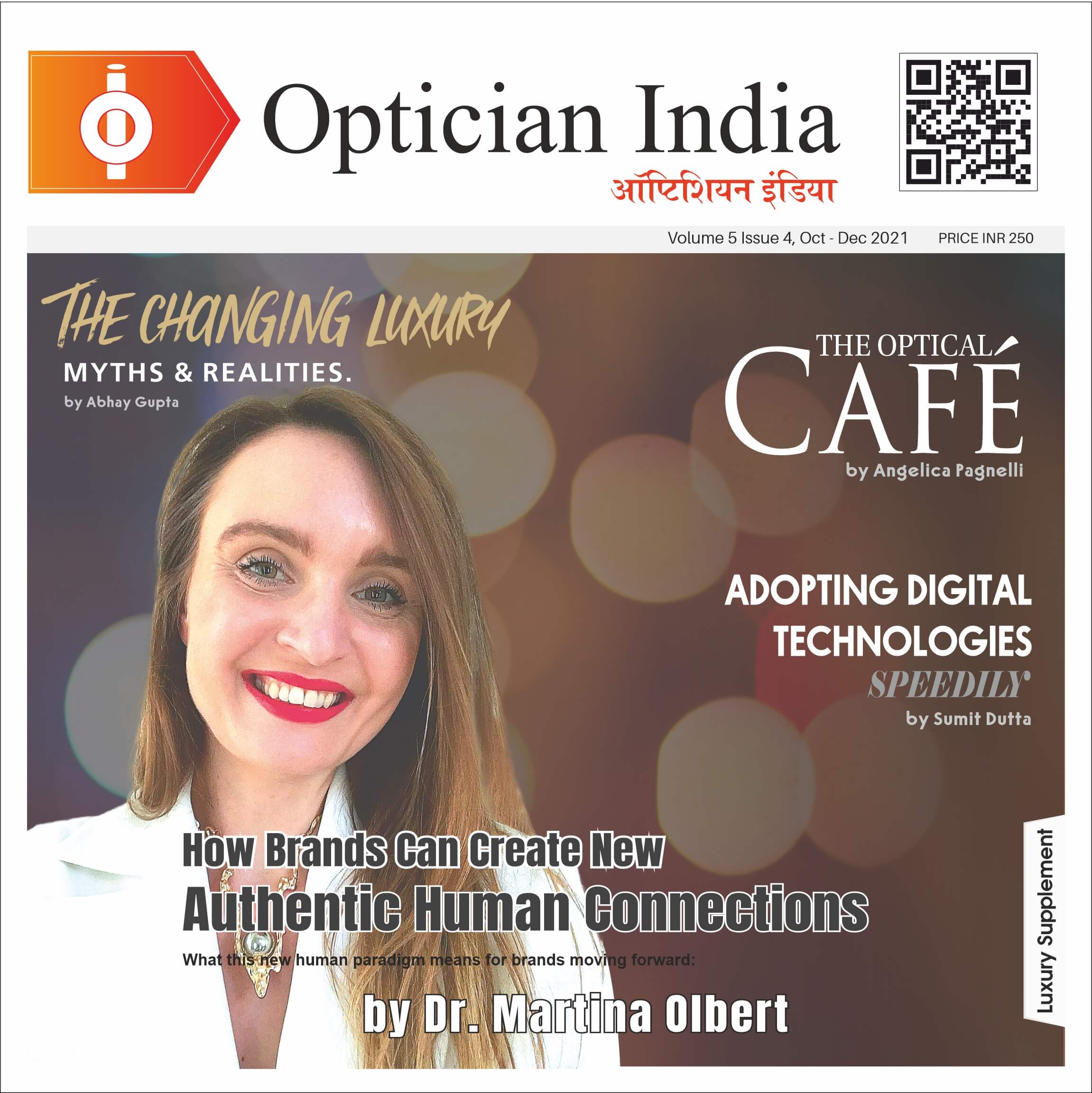
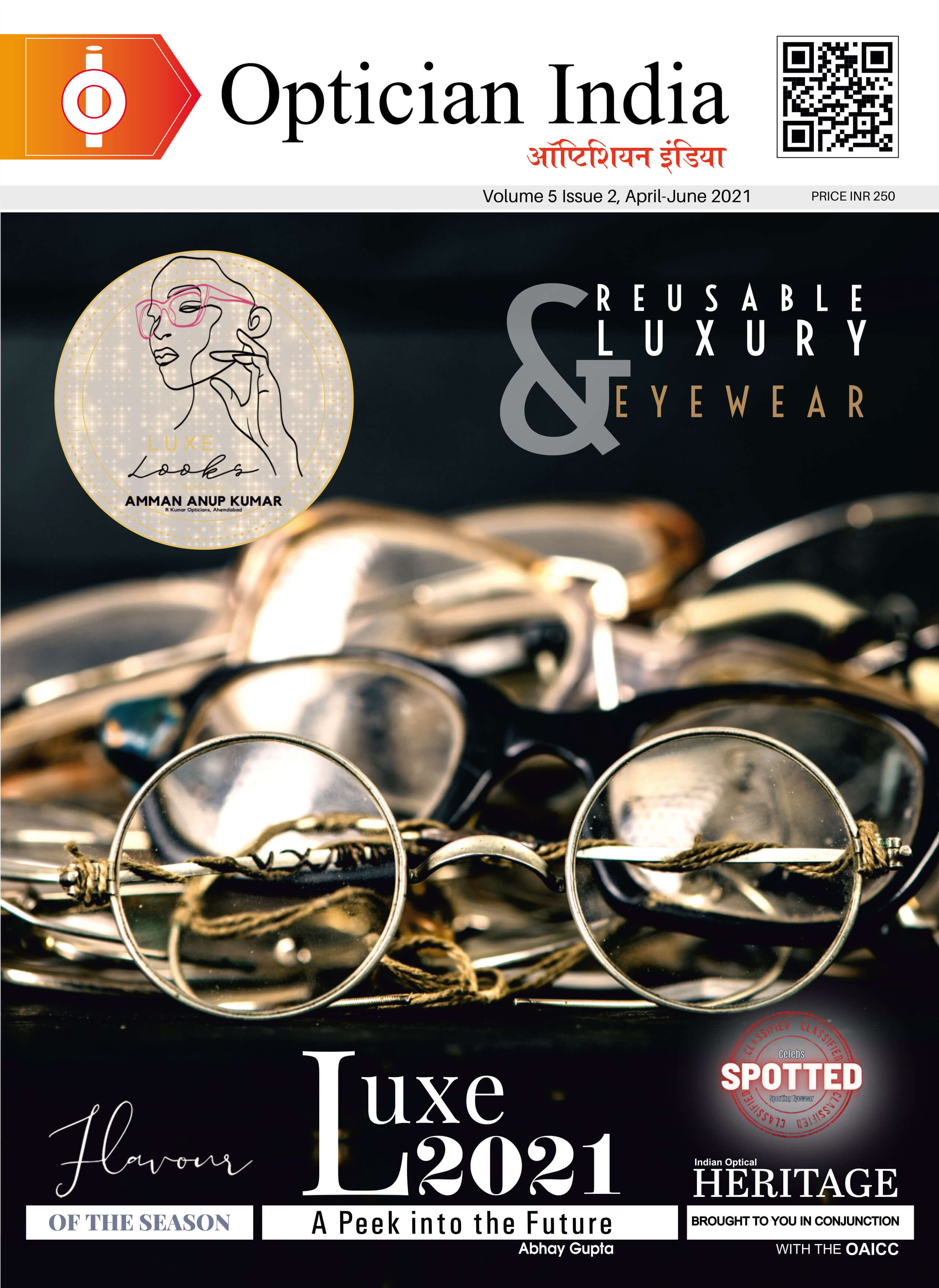
.png)
